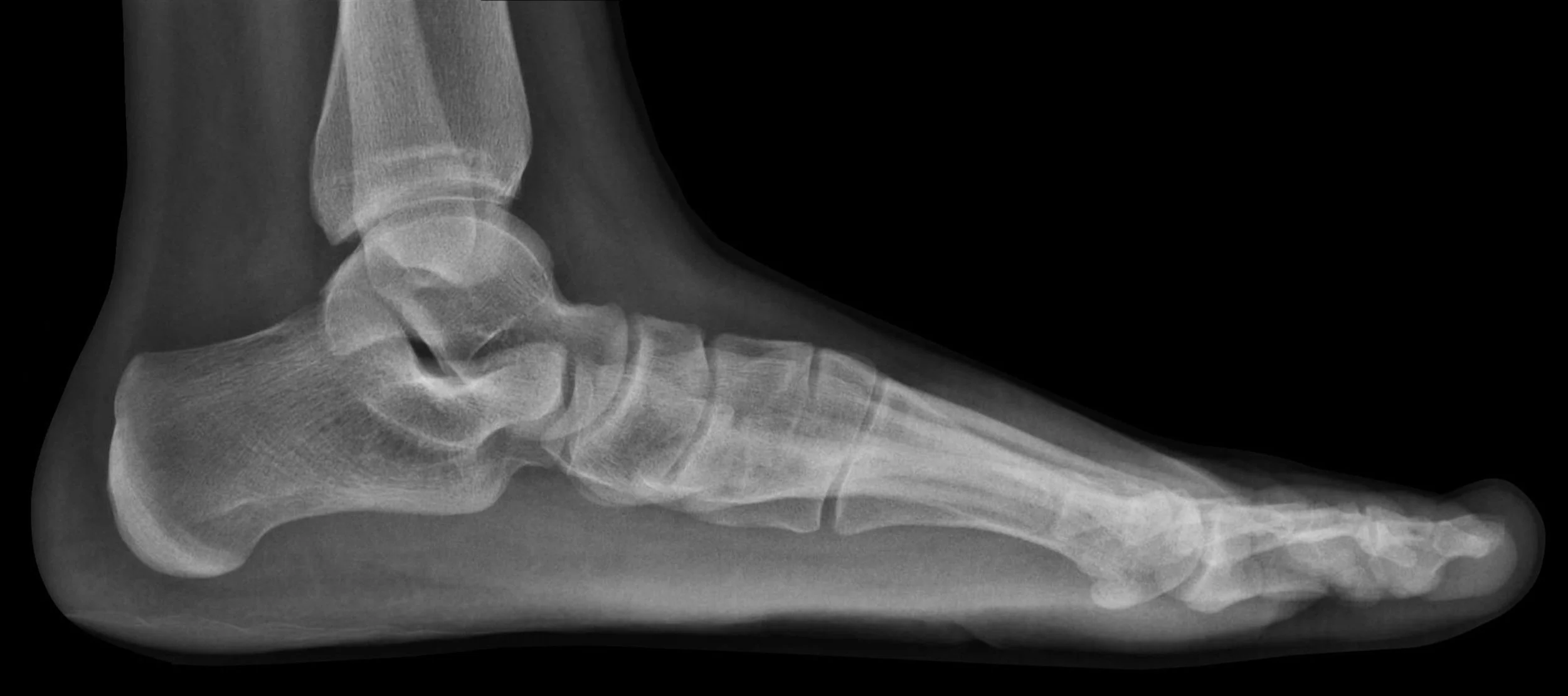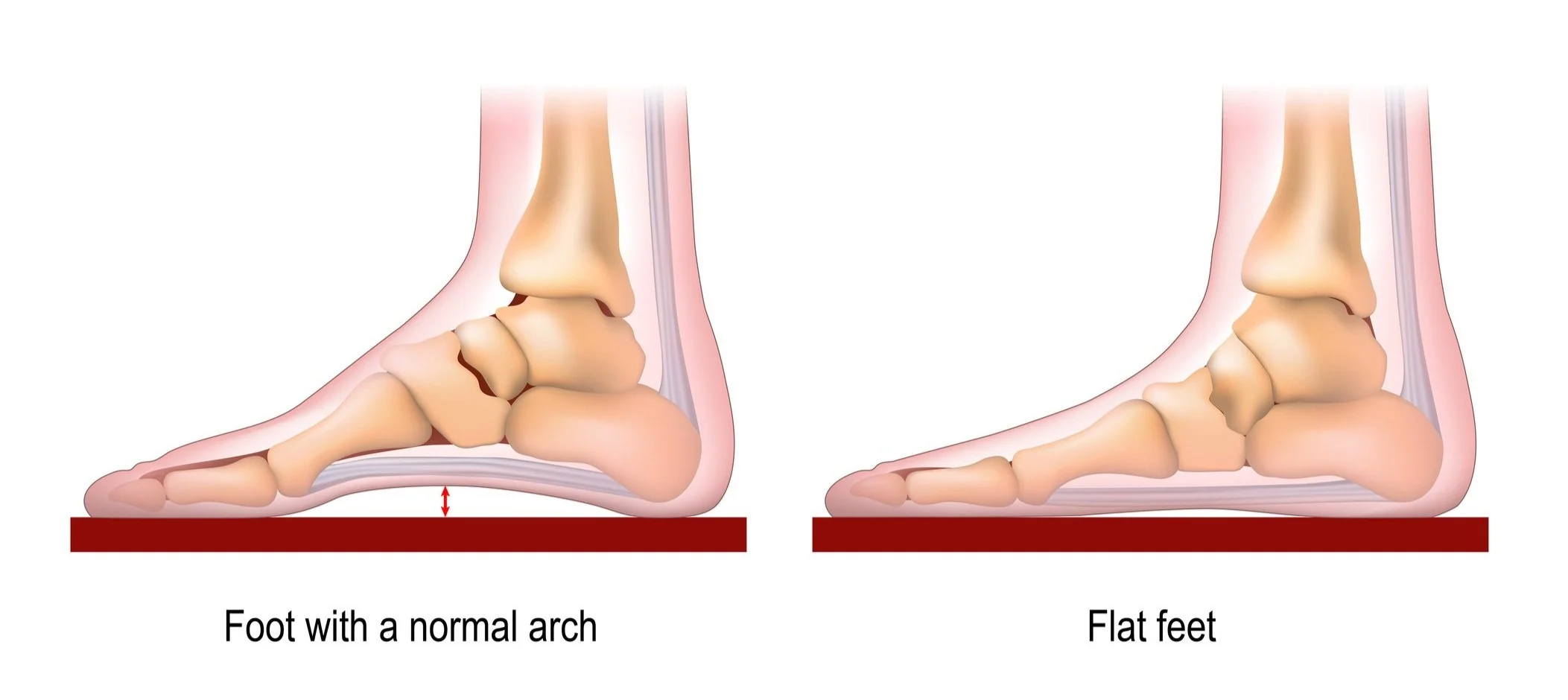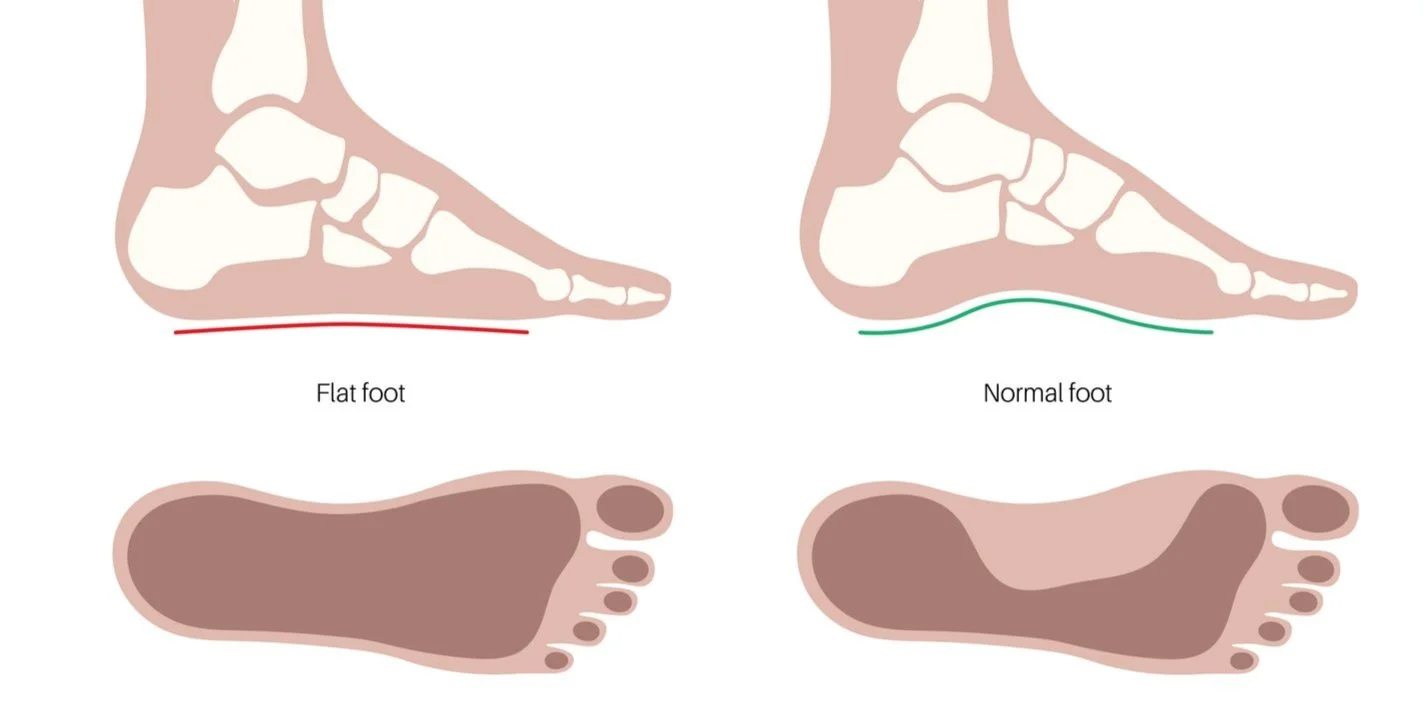POOR POSTURE CAN CAUSE PAIN IN THE LOWER BODY, STARTING WITH YOUR FEET.
May is Posture Awareness Month and a great reminder of the importance of good posture when it comes to having a balanced structure. Conversely, poor posture can result in misalignment which can cause lower body pain, starting at your feet.
Posture functions to maintain alignment of the body’s segments in any position which is vital to not only normal walking but just about all our daily activities. Think about that. Now, what if I also told you that it's quite possible that your back pain, hip pain, knee pain, and even pain in your jaw may not be related to any one of those individual body parts at all? The real reason might simply be that you have a common postural deformity known as Flatfeet. Flatfeet cause pain in the lower body by putting a strain on the muscles, tendons, bones, and ligaments in the feet. Strain means they pull awkwardly on the muscles connected to the feet, which can throw someone's whole body out of alignment, thus causing pain in other areas.
Flatfeet cause the lower legs and thighs to roll inward, as a result, the kneecap moves out of its natural position and cannot stay in its natural groove in the thigh bone. This causes friction back and forth every time the leg is flexed or extended, which causes pain in the knee. If it moves up into the pelvic region, it can cause your pelvis to move forward, putting tension on your lower back and hamstring muscles. This in turn puts extra pressure on the discs which can develop into a painful condition called sciatica that causes radiating pain down into your legs. As we move up the body, your lower back turns in one direction and causes exaggerated bending in another direction in your upper back, putting pressure on your neck and causing your head to tilt forward on your neck giving you tightness in the jaw muscles as well as your neck muscles. Temporomandibular Joint Syndrome (TMJ) can also be caused by being extremely flatfooted.
Symptoms of Flatfeet:
While many people who have Flatfeet do not exhibit any outward signs or symptoms that indicate Flatfeet, some people may feel arch pain. More often than not, flatfeet cause noticeable fatigue in the arches, heels, knees, or lower back. Other common symptoms of Flatfeet include:
· Feet that ache
· Swollen feet
· Difficulty moving the foot
· Calf, leg, knee, hip, and lower back pain
Testing for Flatfeet:
To find out if you have Flatfeet, there is a simple test you can do on your own—all you need is a concrete or cardboard surface and some water. Start by getting your feet wet, then stand normally on a flat surface. Then, step away from the imprints and evaluate the step marks. People with normal arches will see an imprint with the inside curve of the foot missing. People with Flatfeet will see the entire imprint of the bottom of the foot.
Treatment of Flatfeet:
Treating Flatfeet medically depends on the severity and cause of the problem. It’s important to have Flatfeet examined by a podiatrist because it can lead to more serious problems like heel spurs, ankle pain, knee pain, or arthritis. When Flatfeet cause severe pain or begin contributing to other conditions, your doctor may suggest one or more of the following treatments:
· Stretching exercises
· Supportive shoes
· Physical therapy
The story's moral is that we don’t know what we don’t know…. until we know. In the case of posture, you might also be surprised to learn that many of the conditions that cause pain in the lower body extremities are due to poor posture, many of which start with your feet.
To learn more about ways in which Dr. Lee S. Cohen and Associates can provide some answers about pain related to the body and how custom orthotics can help with performance enhancement, injury repair, correction, and prevention we recommend setting up an appointment for a complete evaluation by calling the office at (610) 522-9200 or by visiting www.drleecohen.com.



